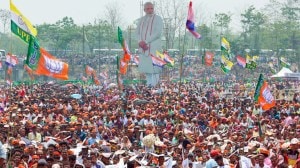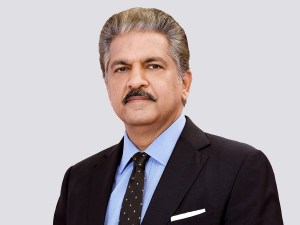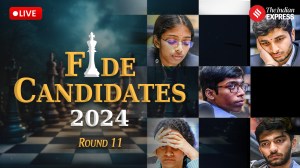- India
- International
State stares at major power crisis
Electricity rates on power exchanges have also zoomed to Rs 7.5 to Rs 8 per unit in the past month due to the shortage of power.
 Chavan is likely to discuss the matter with Union Power Minister Piyush Goyal. (Source: Express photo)
Chavan is likely to discuss the matter with Union Power Minister Piyush Goyal. (Source: Express photo)
In a major setback for the Maharashtra government, load-shedding could be imposed in 70 per cent areas of the state ahead of the Assembly polls, with the power supply crisis worsening.
Even as coal and water shortage had already impacted power generation in some state-run plants, Energy Secretary Ajoy Mehta notified the cabinet Thursday that three private players — Adani Power, Tata Power and Indiabulls — with whom the state has long-term power purchase treaties, had decreased allocations to the state from Wednesday.
With barely 10 per cent areas in the state subjected to load-shedding at present, the impending crisis has sent shockwaves in the ruling combine. Informing the cabinet of the impending crisis, Mehta said it could force two to six hours’ load-shedding in all areas where power distribution loss was over 26 per cent or more, with the Marathwada region already reeling under power cuts being the worst hit. This would collectively account for 70 per cent of the state, a senior official said.
Another option discussed was to impose additional load-shedding on agriculture feeders in rural belts, which was not acceptable to the cabinet.
With most ministers opposing extension of load-shedding in the state, the option to restart supply from the Dabhol power plant or buying power from captive units was also discussed. But it was pointed out that exercising this option could throw state finances off gear with the Dabhol plant alone likely to cost the state an additional Rs 400 crore. Sources said the cabinet ruled out the option of raising consumer power tariff at this time with elections approaching. Mehta said drawing power from captive plants would prove even costlier.

Though the cabinet also debated the option of requesting withdrawal of unallocated power from the central grid and it was decided to approach the Centre with it, a senior official said there was “not much flexibility in the grid” with Haryana, Punjab and Gujarat also facing power shortage.
Electricity rates on power exchanges have also zoomed to Rs 7.5 to Rs 8 per unit in the past month due to the shortage of power. Though some of the power shortage can be met by drawing additional power from the 1920 MW Koyna hydroelectric project, sources said the government had decided to plan water usage from Koyna dam with caution.
While the state has a contract for supply of 2,500 MW from Adani’s Tiroda power plant, the firm permitted withdrawal of 1,400 MW Thursday, after having served on the state a legal notice justifying the decreased supply as “an event of default for not paying regularly”.
The supply from Tata’s Mundhra plant has come down from 800 MW to 600 MW, with the firm citing “technical reasons” for the shortfall, whereas supply from the Indiabulls dropped from 540 MW to 270 MW, also due to “technical grounds”.
Allegations of private players creating an “artificial shortage” were made during the cabinet meeting. On August 26, the Supreme Court had stayed an order allowing Tata Power and Adani Group to charge higher tariff on account of rise in coal prices.
Home Minister R R Patil even demanded action against the firm for violating contractual obligations. NCP minister Rajesh Tope and Jayant Patil said the government should ensure no further load-shedding even if it were to incur additional cost.
Chief Minister Prithviraj Chavan later appointed a panel headed by the chief secretary to monitor the power crisis on a continuous basis.
Chavan is also expected to discuss the matter with Union Power Minister Piyush Goyal.
Apr 18: Latest News
- 01
- 02
- 03
- 04
- 05





























